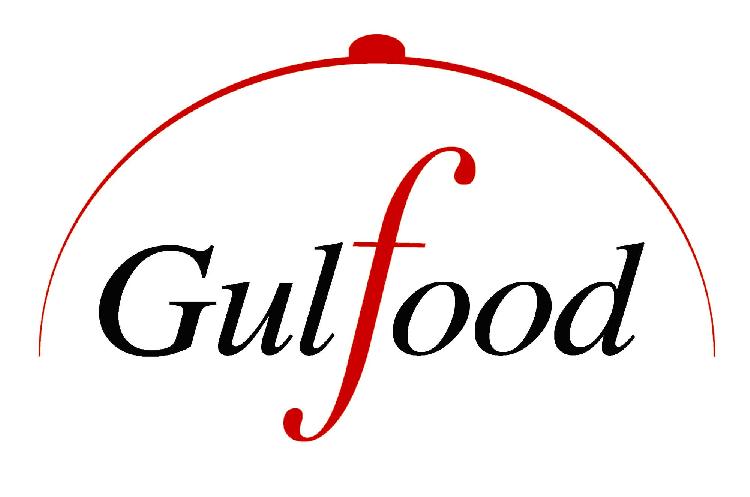
PAKISTANI PAVILION AT GULFOOD 2016 SET TO SHOWCASE BEST OF COUNTRY’ FOOD AND BEVERAGES EXPORT POTENTIAL
Pakistan’s revitalised food and beverage agricultural industry is readying for a major export push at Gulfood 2016 – the 21st edition of the world’s largest annual food and hospitality trade platform, which returns to Dubai World Trade Centre (DWTC) from 21-25 February.
More than 90 Pakistani companies are due to take part in a Gulfood 2016 across 1,000-square metre, a huge jump from the country’s 90-square presence in 2008. The increase reflects the emergence of a major exporting sector that is now challenging textiles as Pakistan’s main foreign exchange earner with worldwide sales topping US $5 billion last year.
Organised by the Trade Development Authority of Pakistan (TDAP) and the Pakistan Ministry of Commerce in collaboration with the Consulate General of Pakistan in Dubai, the Pakistan pavilion is only one area of the country’s Gulfood showing. The US-Pakistan Partnership for Agricultural Market Development and the Consulate General of Pakistan in Dubai will host a Pakistani Meat Branding dinner on 23rd February 2016 at the Consul General’s residence in Dubai, while the former has also set-up a business-to-business ‘Trade Facilitation Center’ for matchmaking meetings between Pakistani agro-exporters and foreign buyers.
Finally, the Sindh Agricultural Growth Project - which aims to improve the productivity and market access of small-to-medium producers in important commodity value chains – is supporting various Sindh province-based agro-sector growers’ products and exporters’ services at Gulfood.
“Pakistani exhibitors will be looking to source new buyers for a wide range of Pakistani food and agro sector products including fresh and frozen foods, rice, fruits and vegetables, sauces, nuts, sweets, confectionery and tea,” said His Excellency Javed Jalil Khattak, Consul General, Consulate General of Pakistan, Dubai. “Buyers can leverage Pakistan’s cost-competitiveness, lower transport costs and delivery time, and the quality, freshness, taste and aroma of our diverse produce.”
The huge growth in Pakistani participation at Gulfood comes as the country achieved a 27% increase in its food and beverage exports to the UAE alone over the past two years.
“Pakistan’s food and agro sectors exports to the Emirates last year touched half a billion dollars which compares extremely favourably to 2012 sales of US$362.4 million. Pakistan has boosted sales of its traditional agricultural products while simultaneously expanding its reach into new product areas such as processed meat and poultry products, tea, concentrated milk and cream, certain fruits and vegetables, spices, herbs and confectioneries,” explained Dr. Saeed Qadir, Commercial Counsellor, Consulate General of Pakistan, Dubai and Northern Emirates.
Rice remains Pakistan’s leading food export to the UAE with TADP figures showing that Pakistani rice sales to the Emirates have jumped 11 fold to US $207.8 million over the last two years. Meat and processed frozen food is another important growth sector for Pakistani exports crossing US$ 100 million mark in period of last three years.
Exports of Pakistani Fruits and Vegetables have also increased over 100 percent in the past three years. Sales of dried fruits and vegetables to the UAE rose two-fold and four-fold to US $ 9.7 million and US $7.8 million, respectively. The country exported US $5.9 million worth of potatoes to the Emirates last year – an eight-fold increase on 2012 figures, while sales of Pakistani Fresh and frozen meat have crossed US $ 50 million.
Onions, garlic and leeks, fresh or chilled and ginger have also witnessed 300% export growth over the past three years. Citrus fruit, fresh or dried has peaked its exports of over US$ 22 million- an increase of more than 168% in the same period. With sales of herbs more than doubling over the same period to US $4.7 million, Pakistani exporters also grew sales of concentrated milk and cream, vegetable oils and ice-cream from a standing start in 2012 to double or triple figure dollars last year.
Conversely, data released by global macroeconomic research firm, BMI International, show Pakistan remains a buoyant market for consumer sales and food and beverage investment. The firm is forecasting a 9.9% per capita compound annual growth rate (CAGR) in food consumption until 2019, a 3.2% per capita CAGR growth in domestic soft drinks sales and 9.5% per capital CAGR in mass grocery retail sales.
“There’s enormous business opportunities emerging in Pakistan for both food and beverage imports and exports, as evidenced recently by international investment in manufacturing plans in Karachi, Multan and Islamabad,” explained Trixie LohMirmand, Senior Vice President, Exhibitions & Events Management, DWTC. “Given its strong historical background in Halal production techniques, Pakistan could also benefit from the upsurge in demand for Halal-certified food and beverage products.”
According to a recent report by Pakistan’s State Bank, the country’s fast emerging food and beverage industry has grabbed the highest share of bank investment capital. The sector was the top borrower from banks last year, registering double that of a textile sector which has long been the backbone of the country’s export economy.
The Pakistan pavilion at Gulfood 2016 will feature among 117 national and trade association pavilions – five more than last year – with first-time group participation from Russia, Costa Rica, Belarus, Mauritius and New Zealand returning after a six-year break. In all some 5,000 international companies from 120 countries and more than 85,000 food and beverage, wholesale, retail, distribution and hospitality professionals from five continents will take part in the event.
Gulfood 2016 is a strictly trade-only event for business and trade visitors. The show is open 11am-7pm from February 21-24 and 11am-5pm on February 25. Visitors can pre-register at www.gulfood.com to save AED100 (US$ 27) on the AED300 (US$ 81.70) on-site entry fee.


























